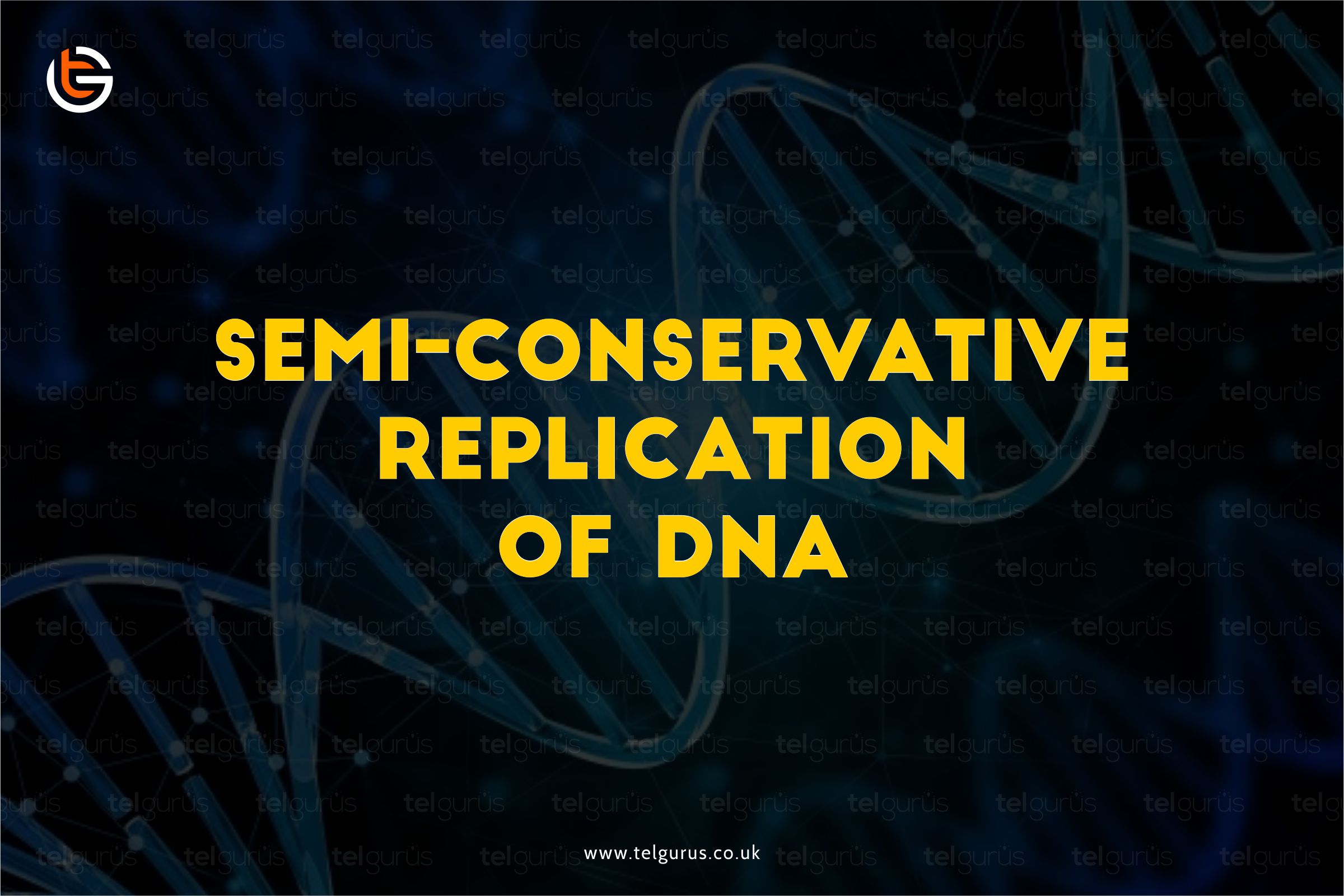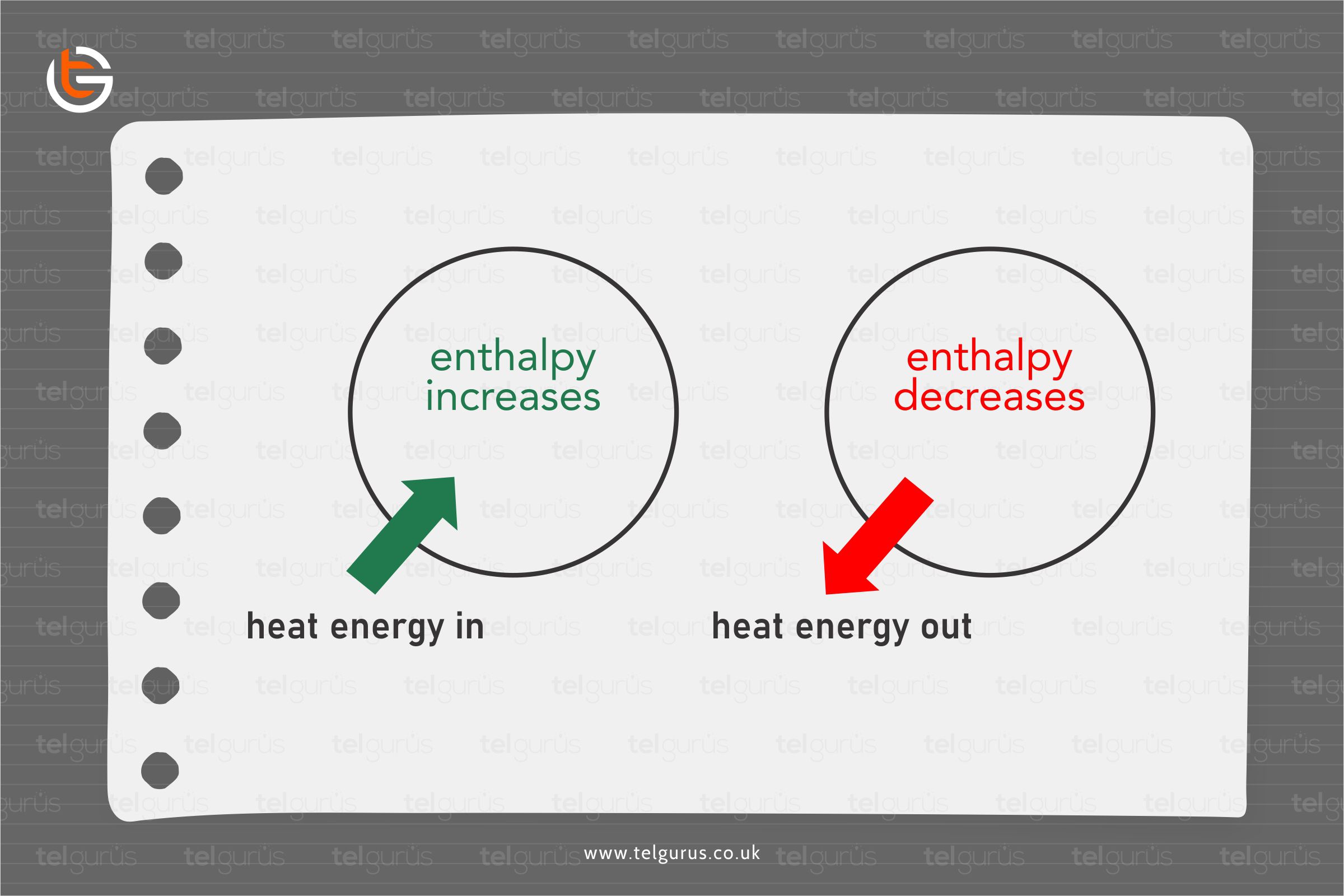Enrich your knowledge with our informative blogs
What is meant by the semi-conservative replication of DNA?

Semi conservative means half conserved. Let us get acquainted with the whole concept by studying it in detail.
So, what is meant by semi-conservative DNA replication?
Semi-conservative DNA replication states that during DNA replication, the nucleotides two strands separate.
And after that, both the strands form a template for nucleotides to bind to generate two identical daughter strands. Therefore, each daughter strand has half DNA from the original strand and the other half from newly formed.
What is semi-conservative replication?
Semi-conservative replication refers to the mode by which the DNA replicates. In this, each strand acts as a template for a new double helix.
It is basically a process by which the DNA generates daughter DNA molecules that are the exact copy of the original DNA.
In each of the DNA molecules, one strand is older, and the other is newly formed.
In the case of semi-conservative replication DNA, semi-conservative DNA is used for DNA replication in which one strand of the DNA is not conserved while the other is conserved. Here the DNA duplex’s primary structure is conserved while the secondary structure is disrupted.
Understanding it in detail!
A formal definition of the semi-conservative model
It is the replication process in which one DNA strand is conserved, whereas the other is synthesized as per the complementary base pairing known as the semi-conservative replication. Watson Crick suggested the semi-conservative model.
Summary of semi-conservative model
- Firstly the unzipping of double-stranded DNAs takes place. The unzipping is basically done to separate the strands, and that is what it leads to.
- Then each strand acts as a mold or a template. Here each strand gets a complementary nucleotide.
- After this, the new nucleotides are arranged on each of the model strands, leading to the formation of two daughter DNAs.
- Each daughter’s DNA has one newly formed strand and an older or, say, parental strand.
- Therefore the sequence of an original duplex is conserved into two daughter DNAs, but here the duplex itself is not conserved.
- Consequently, the primary structure is conserved, but if we talk about the secondary structure, it is disrupted. This process is known as semi-conservative DNA replication.
Here the parent strand denoted in dark blue color is separated while creating the two single strands.
Each strand is utilized as a template for the complementary strand.
Bottom Line!
The term “Semi-conservative” means that “Half Conserved.” In the case of DNA replication, it is used to separate the strands of DNA in which one DNA strand is conserved and the other is not.
And in the semi-conservative DNA replication, the DNA duplex’s primary structure is conserved while the secondary structure is disrupted.
Read More – Biology Questions
View More – Useful links for Your Child’s Development

Visualize the in-depth understanding of the natural world!
Biology would sound more interesting when your curiosity levels are satisfied with better visuals & logical explanations.
Categories
Recent Posts
- List of the qualities you should look for in your tutors?
- What is the most useful formulas in math?
- Describe the process of eating to defecation of food?
- Difference between the natural and artificial active response by the immunology system.
- Explain the different circle theorems
- How are nerve cells adapted to their function?











